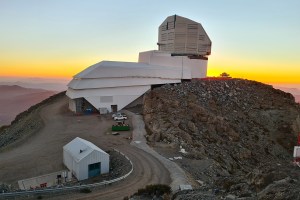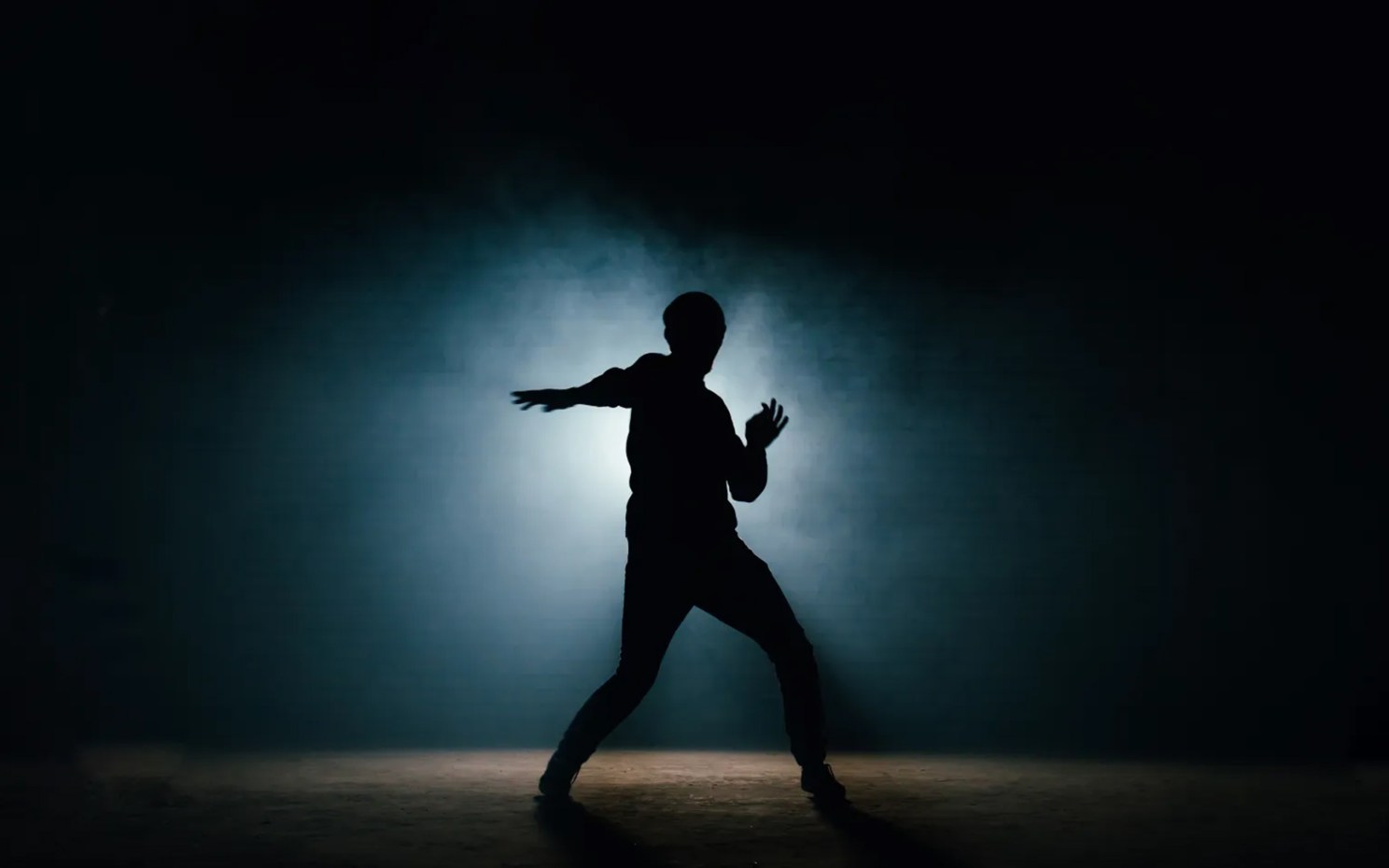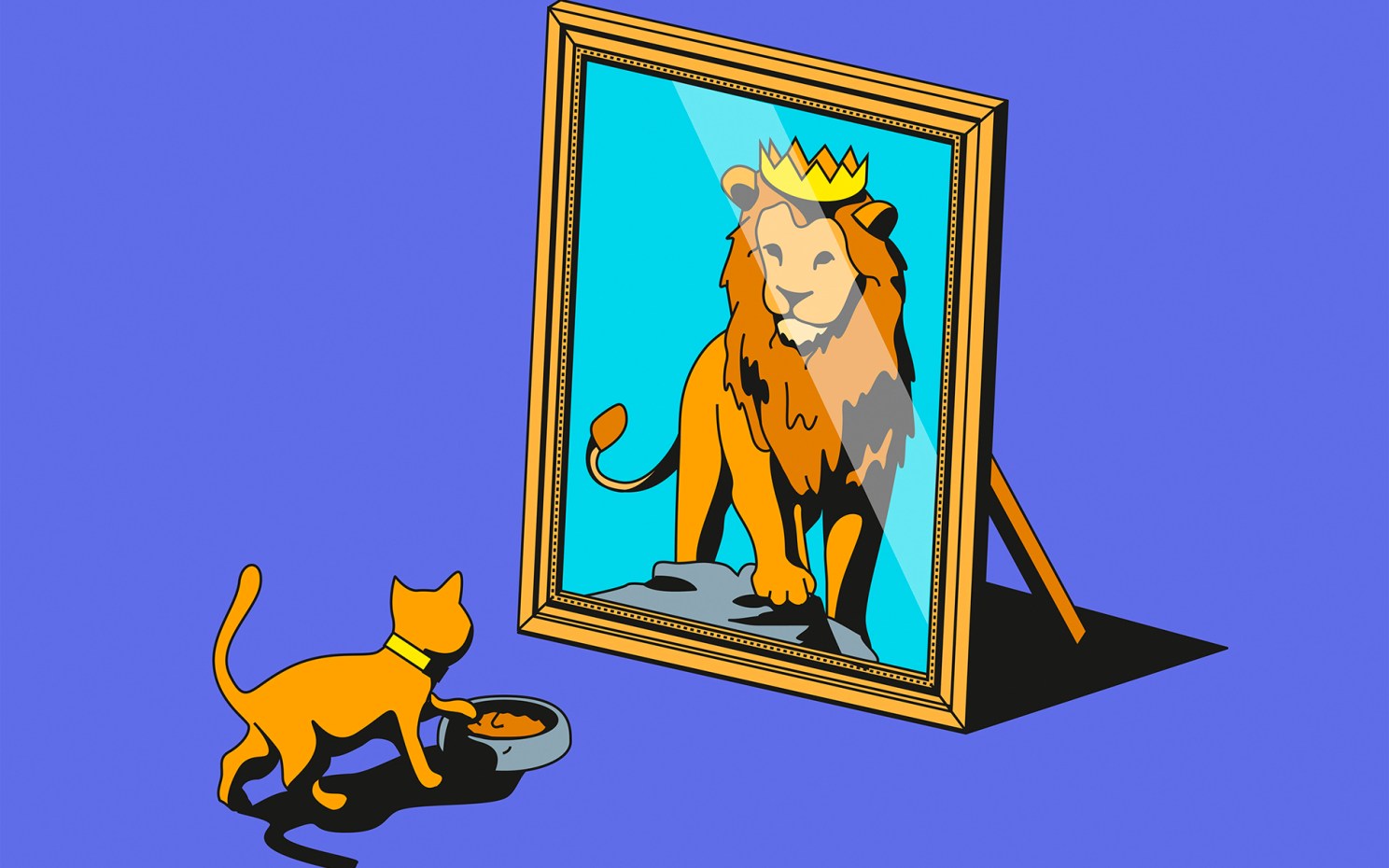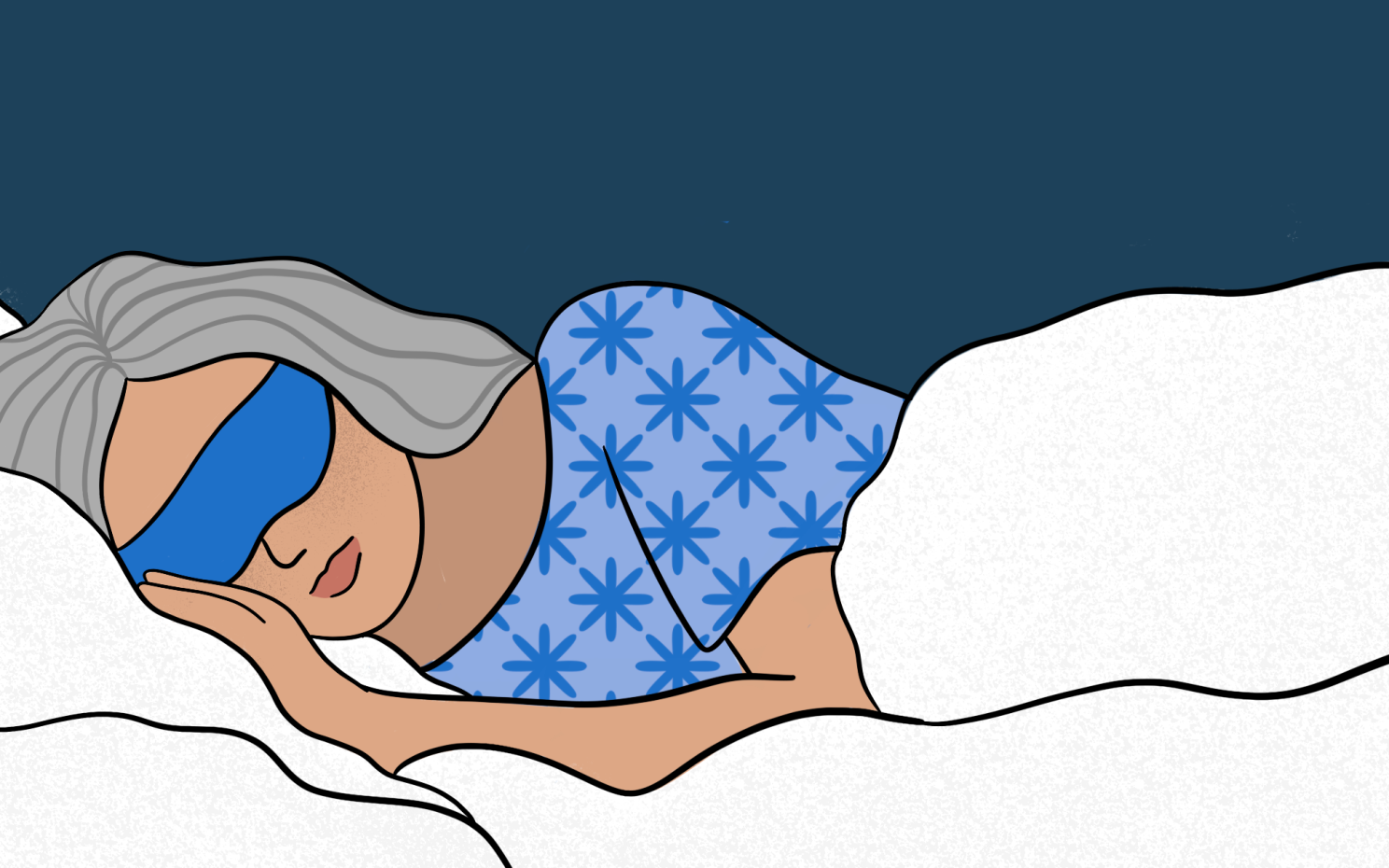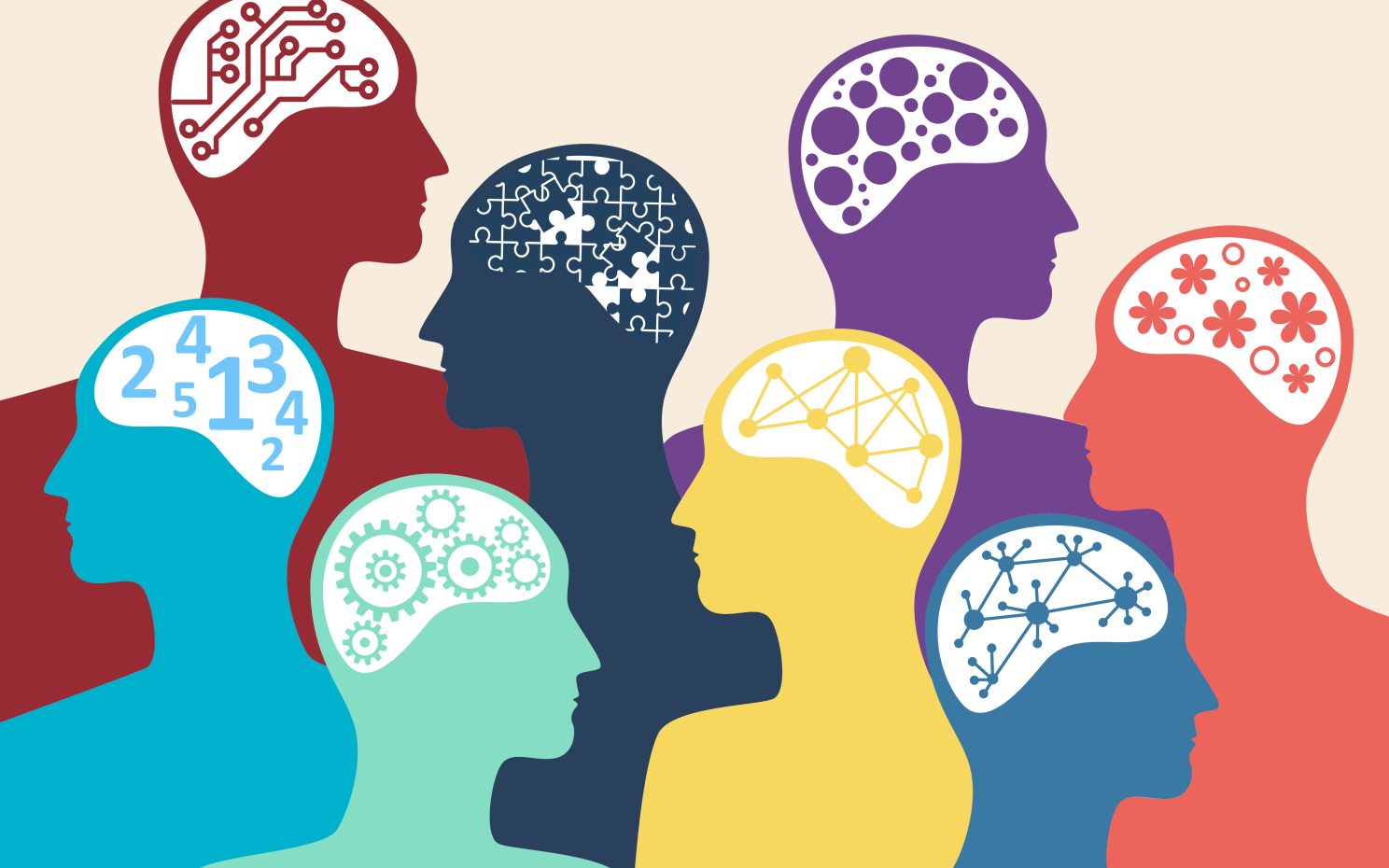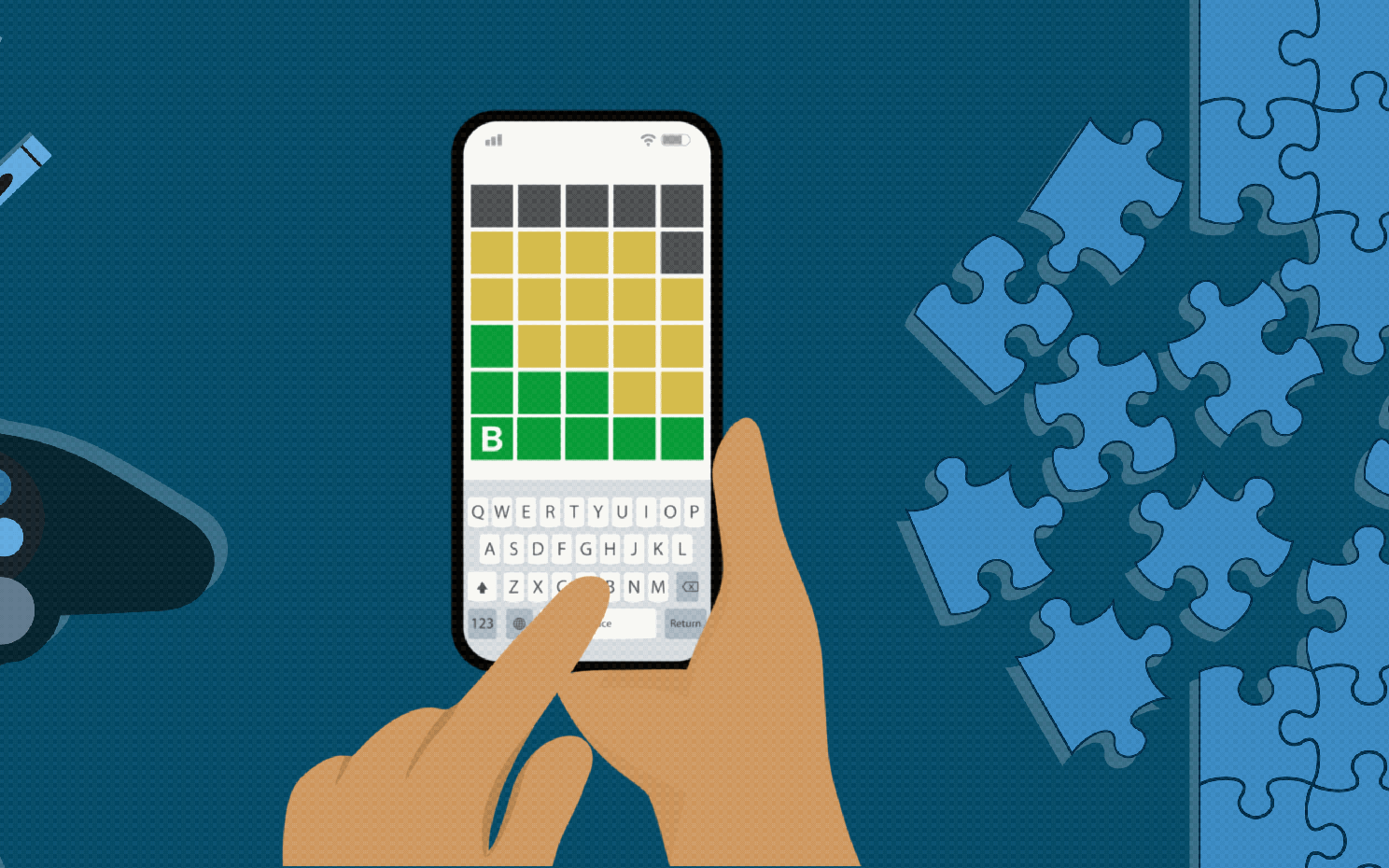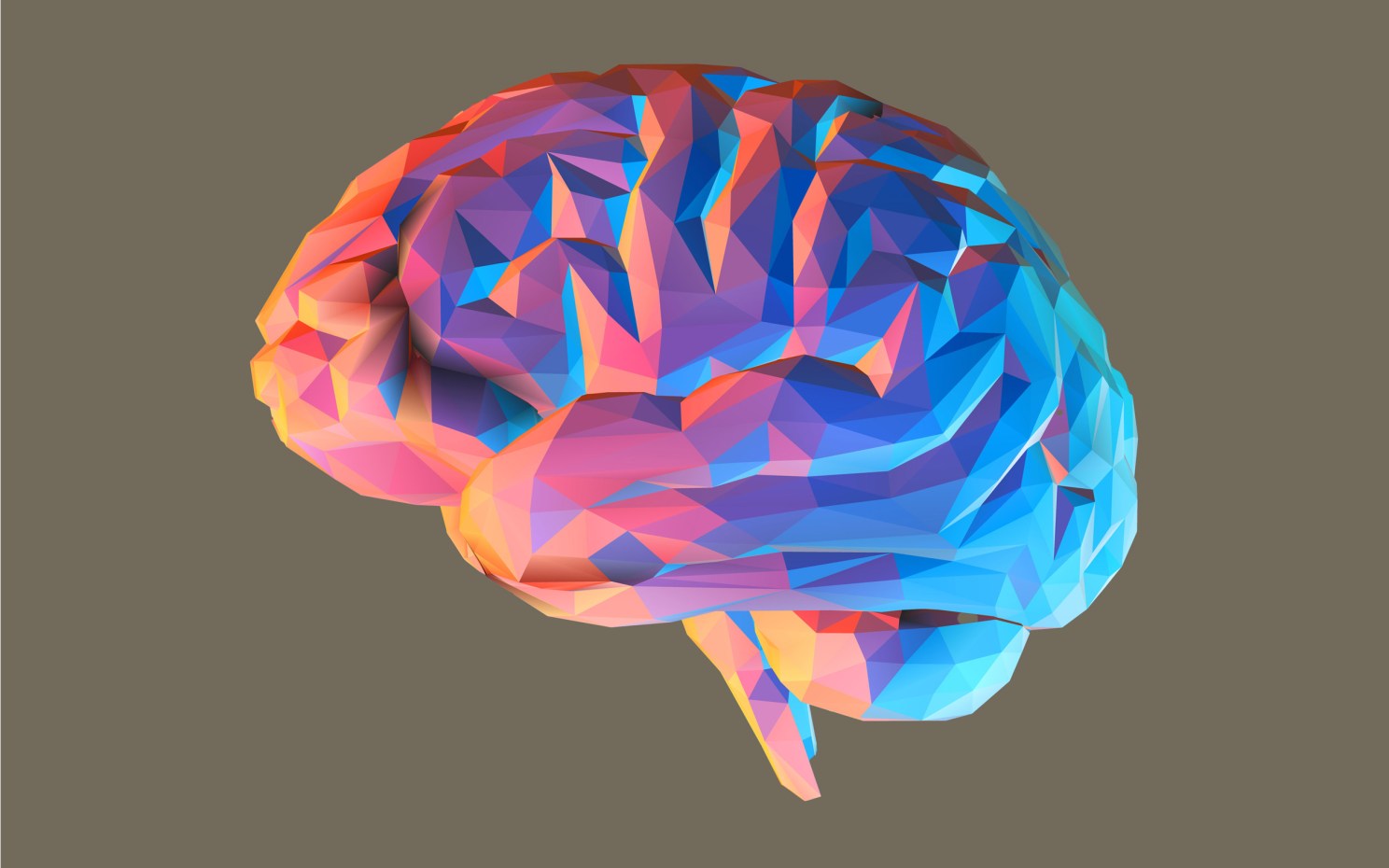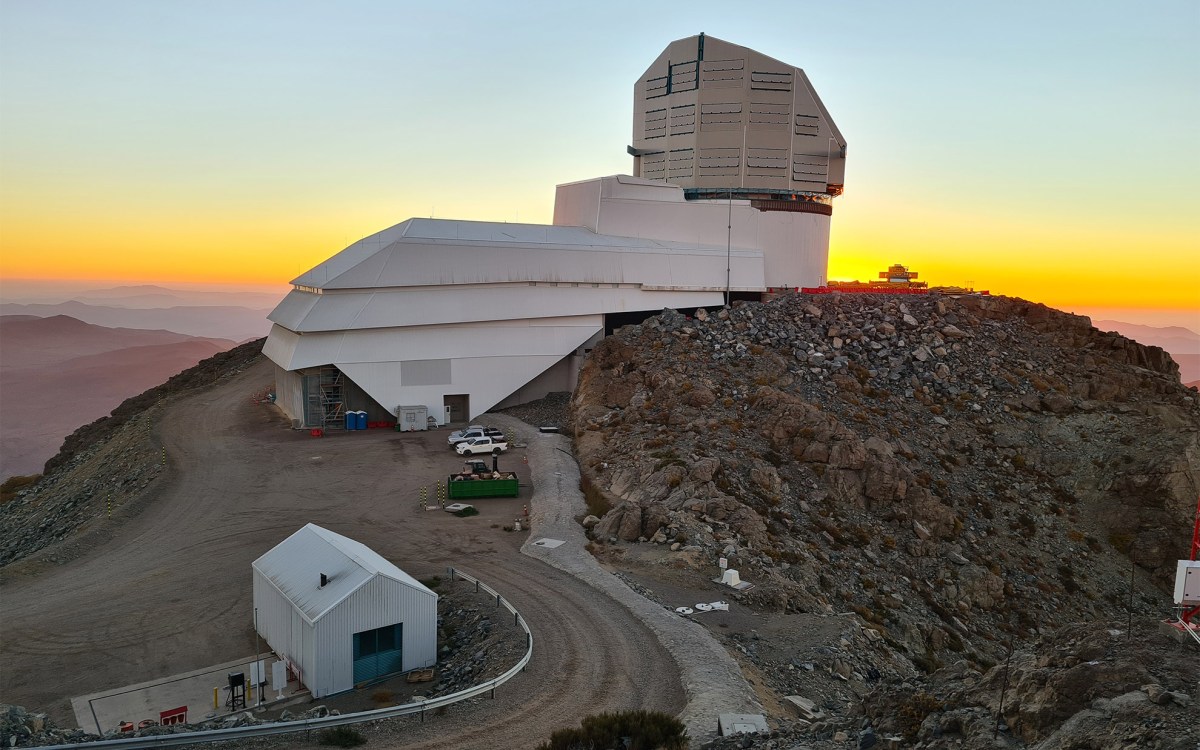Nothing that is not there and the nothing that is
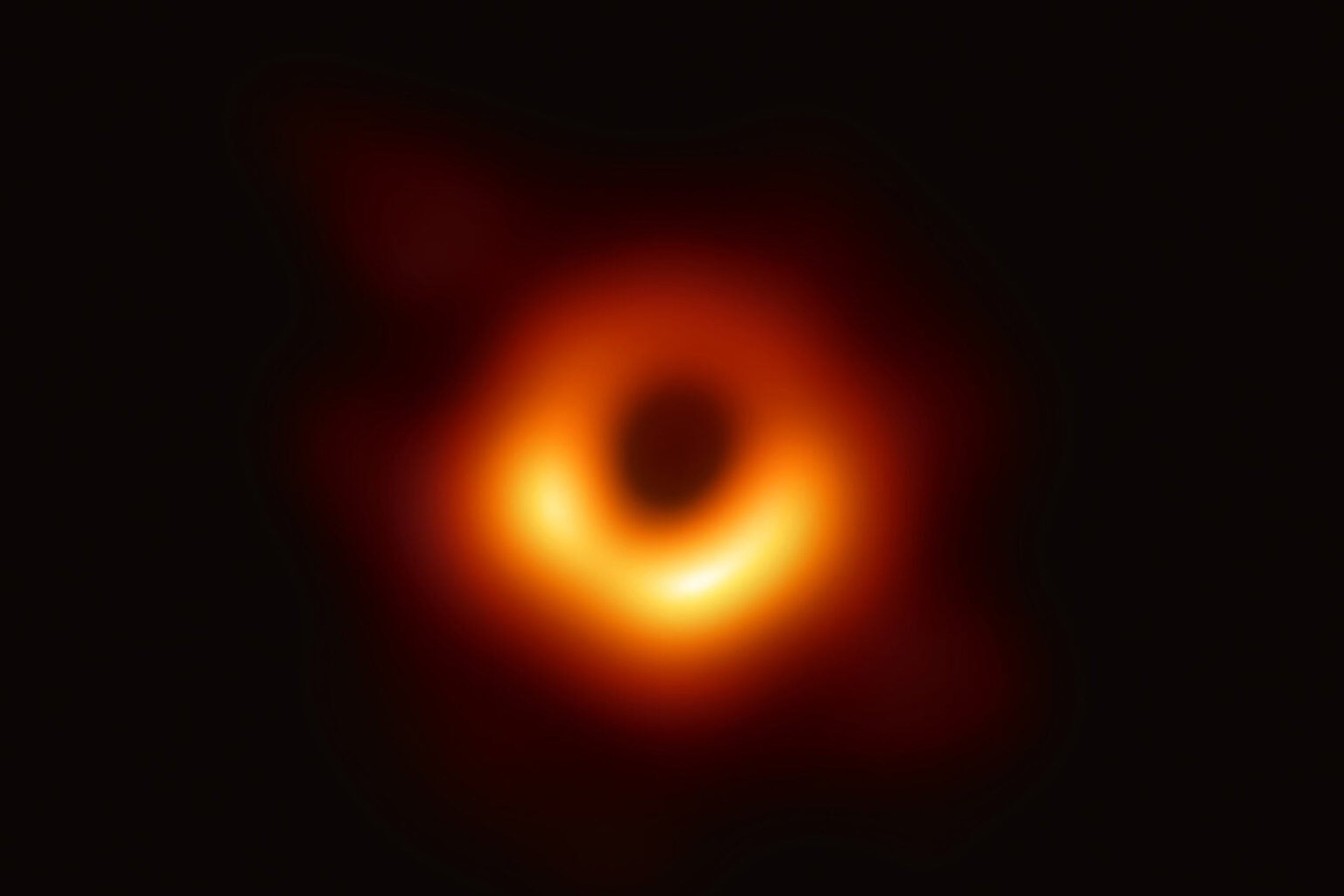
First image captured of a black hole, revealed in 2019.
EHT collaboration
You’ll never experience a black hole, but Avi Loeb can help you imagine one
Part of the Wondering series
A series of random questions answered by Harvard experts.
For this entry, we asked the astrophysicist Avi Loeb, founding director of Harvard’s Black Hole Initiative, to help us picture the scariest void in the universe.
A black hole is a region in space where gravity is so strong that not even light can escape. It is an extreme structure of space and time. One way black holes are formed is when a star consumes its nuclear fuel and collapses because there is no energy supply to support it against gravity. When that happens, once the matter crosses the horizon of the black hole, it cannot emit any light. In the only two images captured of a black hole, there is a ring of light around the black hole because when it is being formed, the matter is moving extremely fast, close to the speed of light, and there is a huge release of energy and radiation. We call them black holes because once the matter falls into a black hole and there is no more radiation, it becomes completely dark and invisible to us.
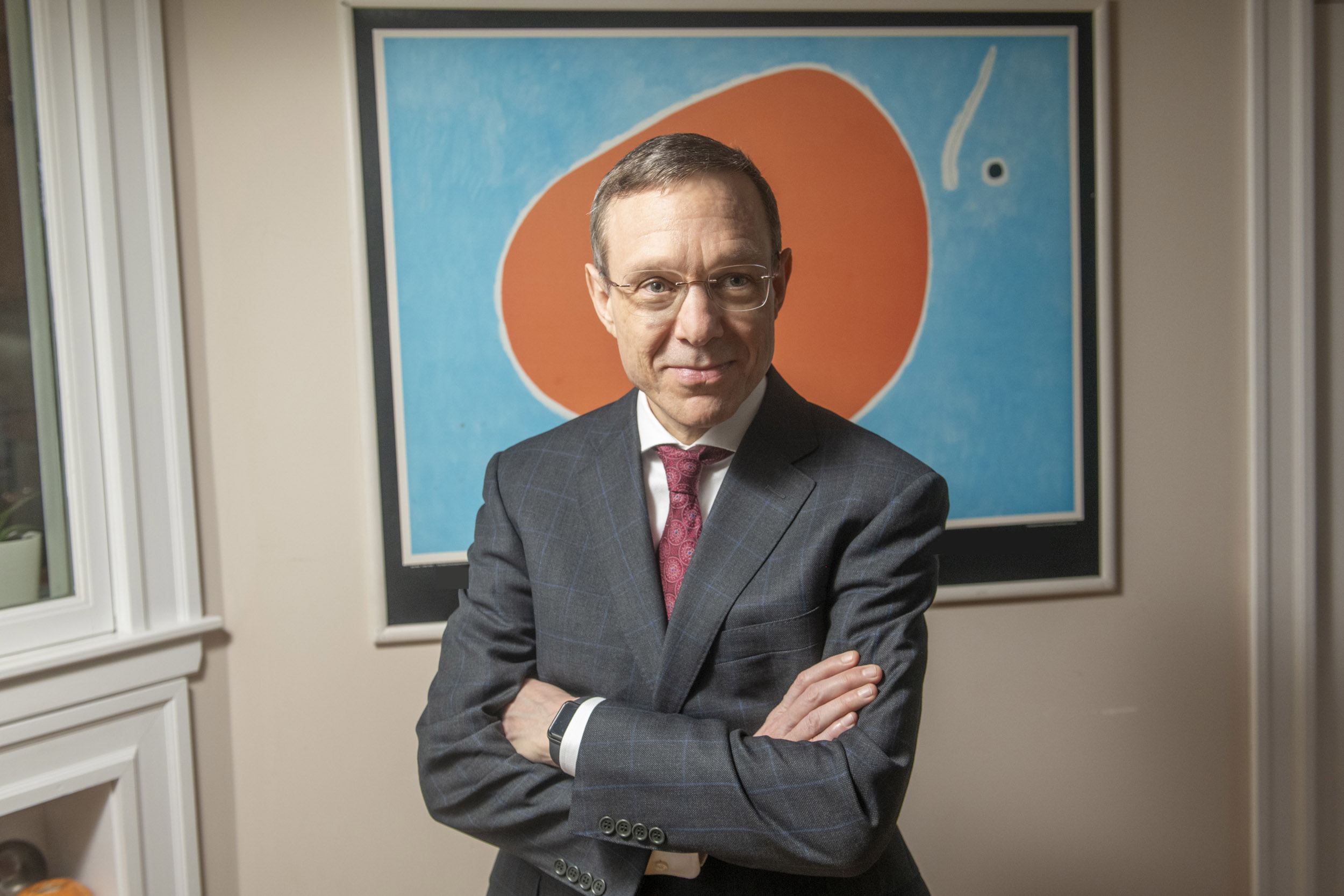
“I once gave a presentation about black holes to fourth-graders at my daughter’s school. A boy asked me what would happen to his body if he got inside a black hole. As I started to explain, the teacher stopped me, saying that the kids would have nightmares.”
Jon Chase/Harvard Staff Photographer
Is a black hole really a hole? We don’t know the answer. What we know is that near the center of the black hole there is a point called singularity, where the density of the matter becomes infinite, and gravity is very strong. Einstein’s theory of general relativity is unable to predict what happens there. In principle, you can imagine an astronaut going into a black hole. As he moved closer to the singularity, his body would be ripped apart by gravity. I once gave a presentation about black holes to fourth-graders at my daughter’s school. A boy asked me what would happen to his body if he got inside a black hole. As I started to explain, the teacher stopped me, saying that the kids would have nightmares.
One of the most common misconceptions about black holes is that they are a portal to some other universe. We don’t know whether there is another universe. We don’t have any evidence for that. All we see is our own universe, and although we know the universe is expanding, we don’t know if there is another place that we can go to. If I had to guess, I would say that if you fall into a black hole, you end up inside a black hole. Since we don’t have a quantum theory of gravity, we can’t really calculate what exactly happens there.
The study of black holes is important for two reasons. One is environmental, which is what an astrophysicist cares about: Black holes have a huge impact on their environment because they’re very efficient at making energy out of matter, and the energy they release can affect the evolution of galaxies significantly. The second aspect is more fundamental. We don’t know what happens at the center of a black hole because Einstein’s theory is incomplete. Any theory that we develop to unify quantum mechanics, which describes the behavior of matter on a small scale, and gravity will unveil the secrets of the universe. If we understand what happens near the center of a black hole, we will also be able to figure out what happened before the Big Bang.
— As told to Liz Mineo, Harvard Staff Writer


